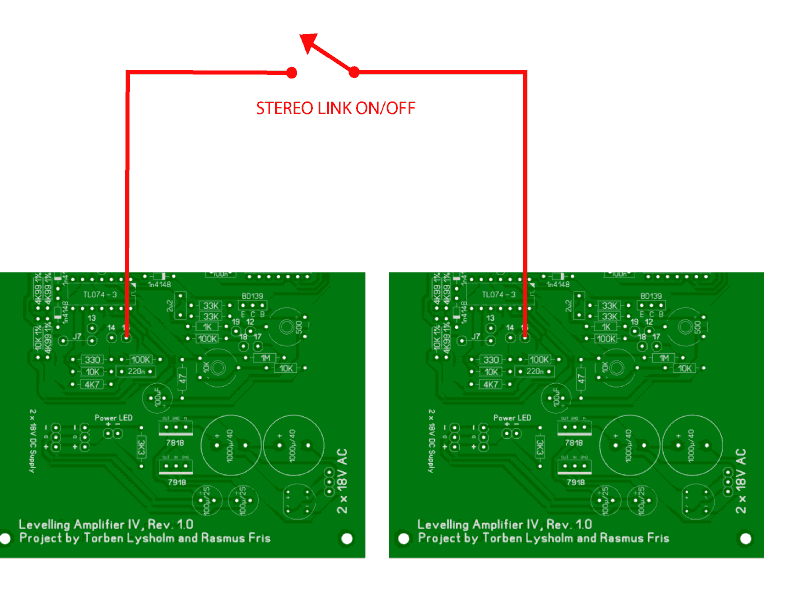Hey Guys,
First of all, thanks to Luny Tune for the project... excellent work, well documented.
So this is one of my first projects and it's I'm just getting my head around schematics. I've just been working out the wiring to the different numbered pads on the board and wanted to double check with you guys if that's ok?
2+3: to a simple toggle switch for input range?
6+7: Input overload LED
8, 13, 14: to the threshold pot? 8 to the clockwise (or maximum) spot, 13 in the centre and 14 counter-clockwise?
10, 26, 27: to output pot? 10 clockwise or maximum, 26 in the middle and 27 in the maximum or counterclockwise position?
28, 29, 30, 31: meter switch. I'm still struggling with which pad goes to which pin on the switch but this is my best guess:
Meter negative: C on switch
Meter Positive: A on switch
30: 7 on switch
29: 2 on switch
31: 8 on switch
That might be completely wrong, as I said I'm not understanding it 100%
12, 17, 18, 19: Ratio Switch. Same deal... not exactly understanding this.
12: A on switch
17: C on switch
18: 11 on switch
19: 1 on switch
If anyone could steer me in the right direction on these ones that would be amazing. Thanks so much in advance,
Nick.














